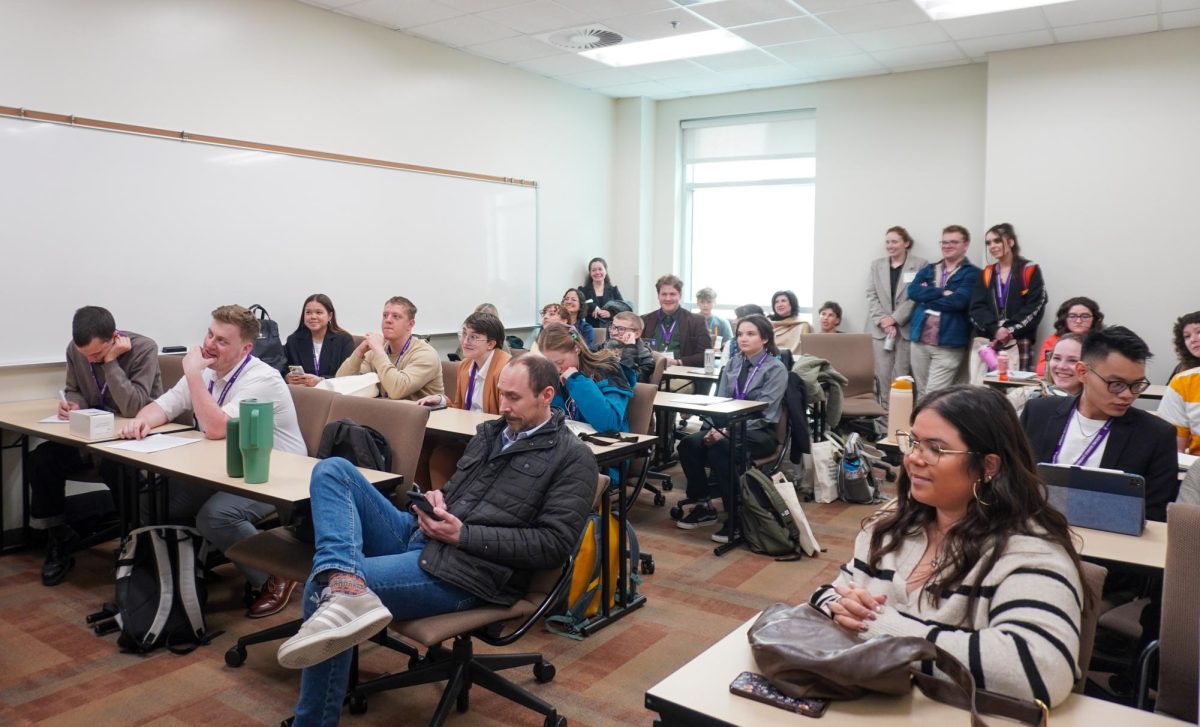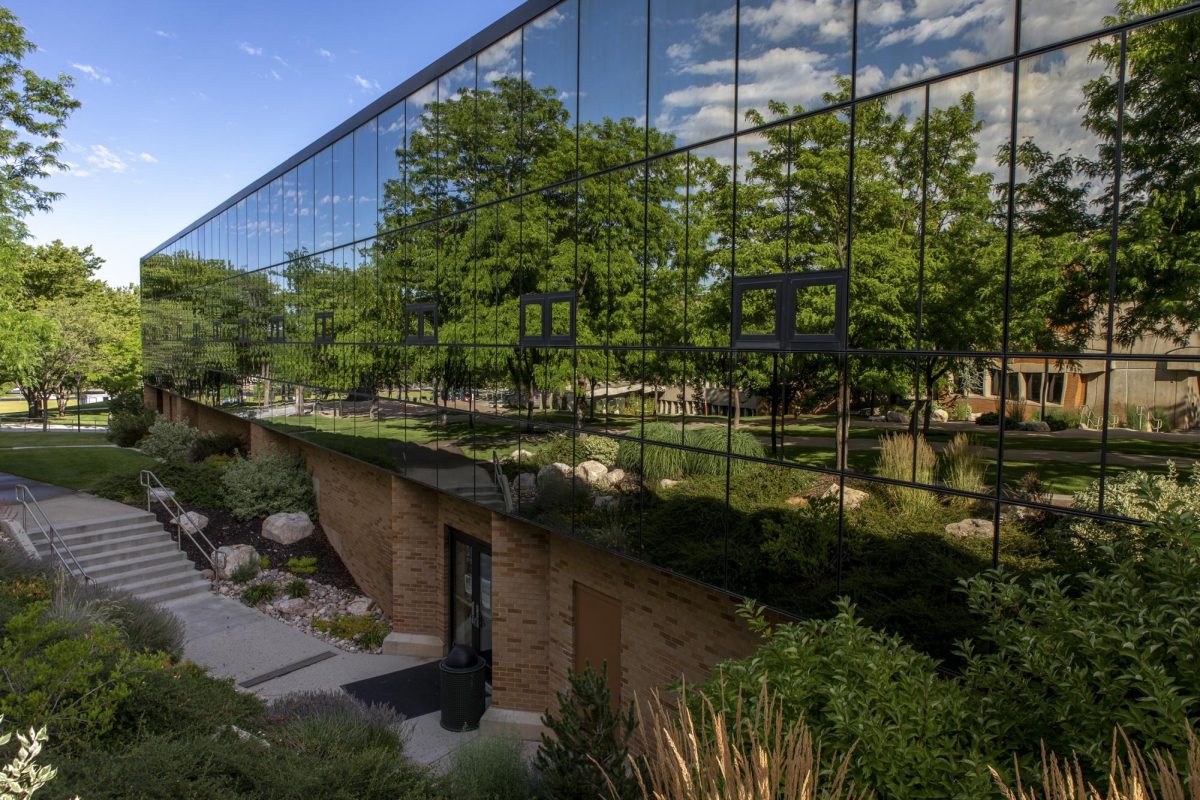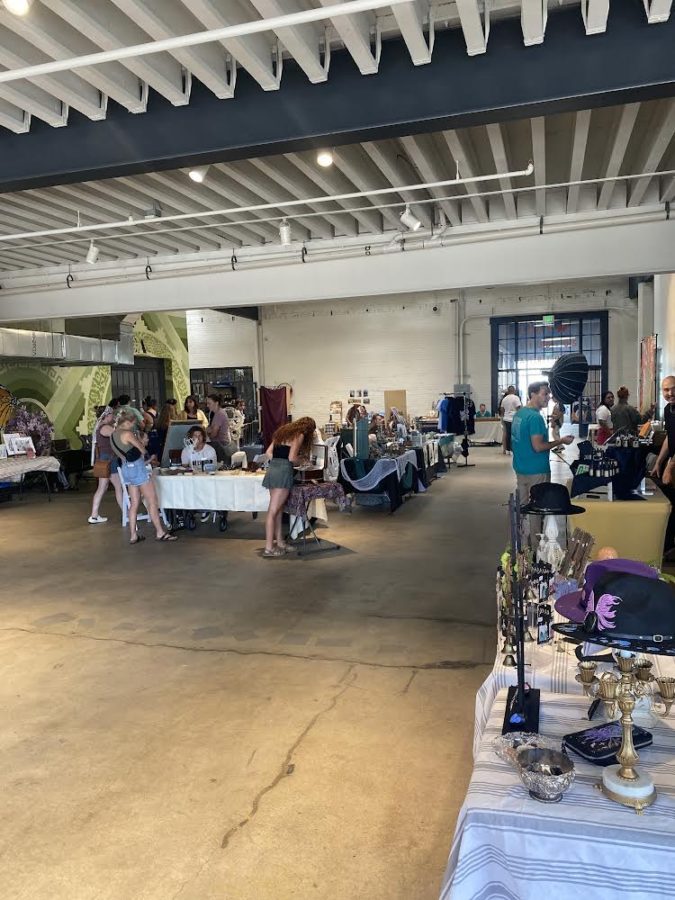
Faces filled with disgust and disbelief were intently focused on Devery Anderson and the images behind him in Dumke Hall on Feb. 22. Brutal images of a young, black boy and his disfigured face seemed to frighten the group of white faces.
Emmett Till was relentlessly beaten by white men in August of 1955, and now a room full of mostly white people were hearing the story, in many cases, for the first time. This room full of white people, were being taught by a white man, the story of a young black boy that sparked The Civil Rights Movement. Where were all the black people?
“What’s passed has passed,” is what Anderson said he has heard from black students over his years learning and teaching everything there is to know about Emmett Till. “There is something very significant about understanding the past so that it doesn’t repeat itself.”
Emmett Till lived in a time where, “A black man whistling at a white woman could be seen as attempted rape in the South,” Anderson said.
According to Anderson, people should seek to know the history of our country and how people have interacted over time. To Anderson, it seems that there is a large group not being reached.
“It is important for us to learn from the past so that current events, like when black men get killed by police or others, don’t end up with the killer acquitted like in the Trayvon Martin case,” Anderson said.
There was a feeling in the room that everyone understood the gravity of the Emmett Till case and now had the knowledge to share it with others, which Anderson emphasized and encouraged.
“It is disappointing to see so few black people at a function that is geared towards the history of black people, but maybe that’s just the demographic of this school,” said one man who requested anonymity but wanted to share that he is a black student at Weber State. “It is encouraging to see white people wanting to learn about our history and hopefully wanting to defend us in cases where injustice is served.”


















